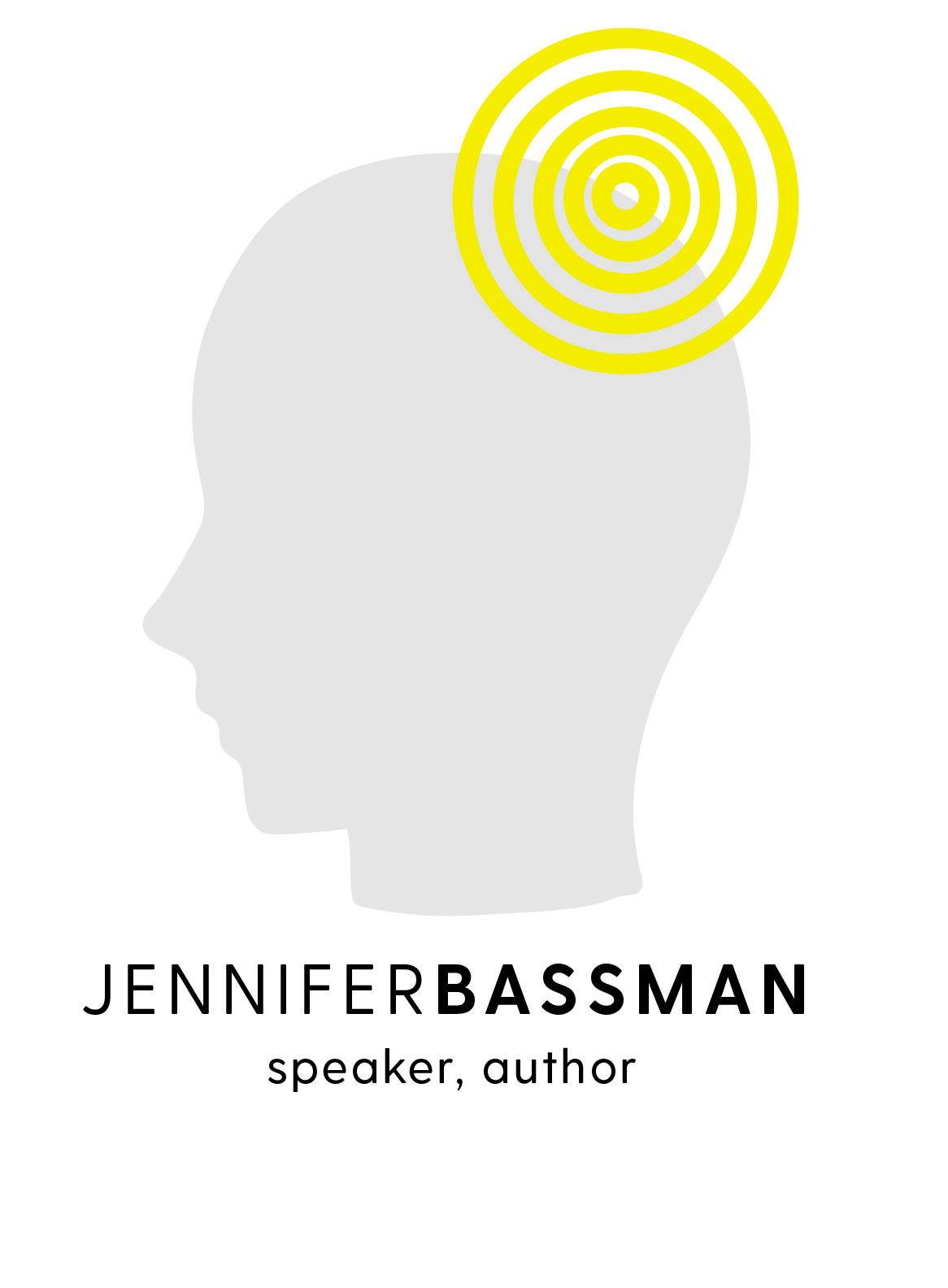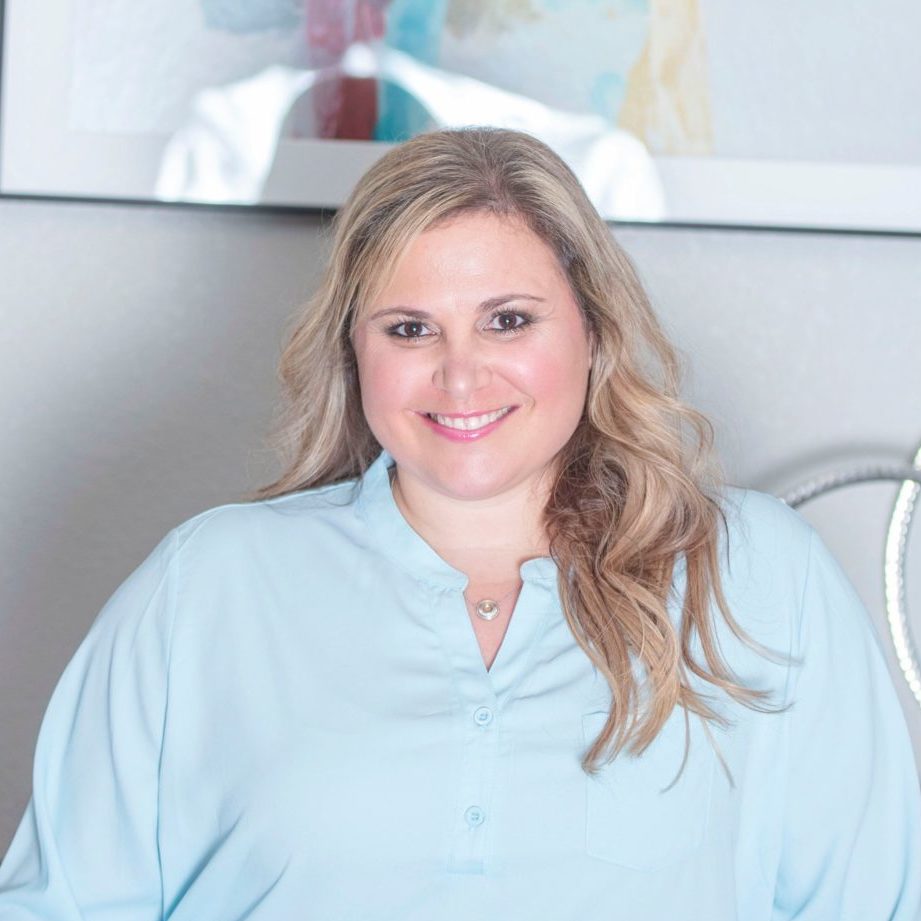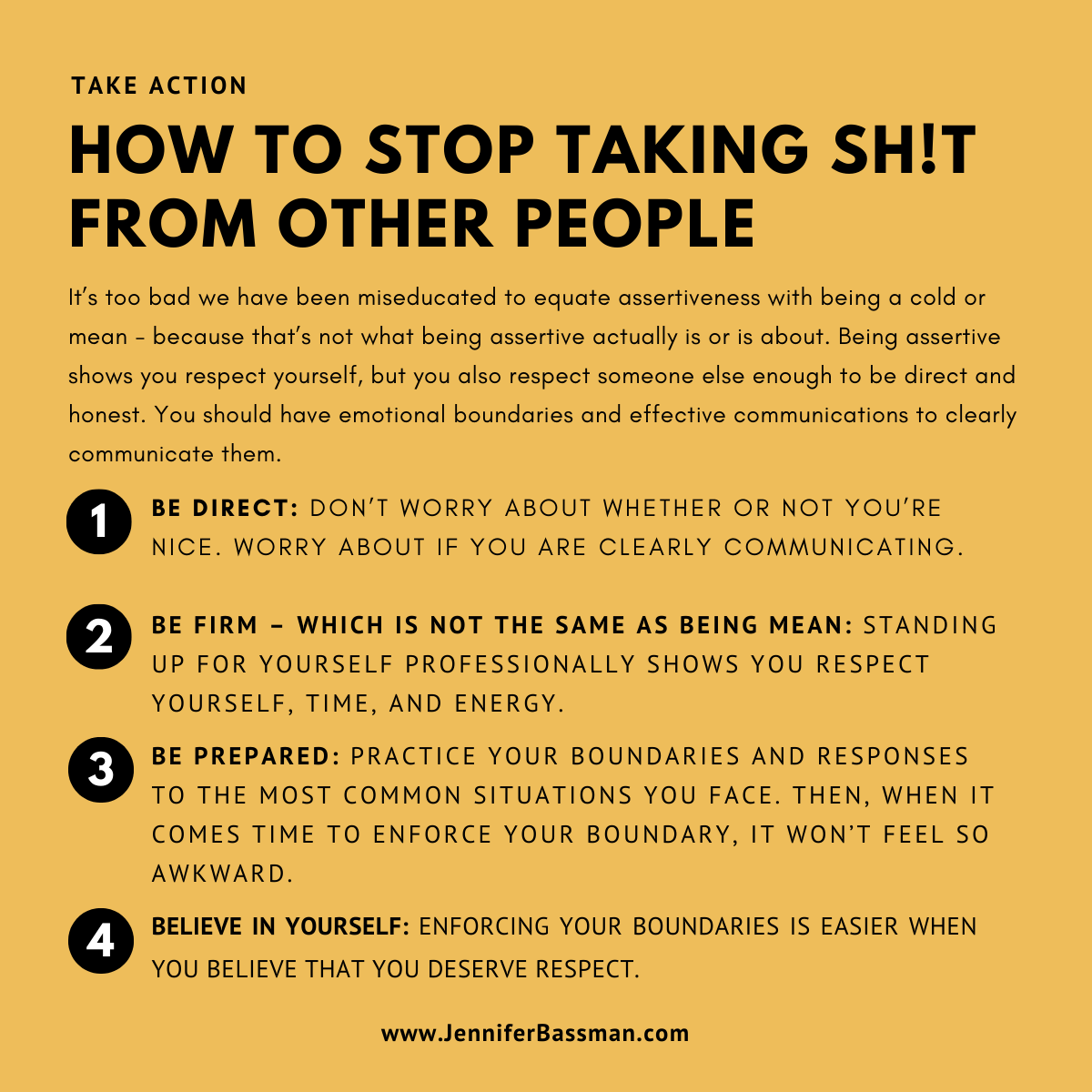I have had to refamiliarize myself with the word “no” again and get comfortable with saying it.
Recently, my mom graduated to the next step in the aging process that means she needs more physical help. She’s in that awkward spot where she isn’t ready for full-time care, but we need to figure out what part-time care makes the most sense while keeping her motivated to keep up with her own needs.
This has meant sacrificing several things at the expense of my career and mental health.
It sucks.
___________________
Looking for more support while learning to say no? Join my email community now!
___________________
I never want my mom to feel as though she is a burden, but I need to empower her to also rely on outside help.
Saying no has become a painful necessity on this journey, and it will take some time to soften the guilt that is accompanying that two-letter word
Many of you are familiar with this dilemma, as well. I am going to share the four steps I took to empower myself to say no with less guilt when it comes to managing my mom’s care.
My First Step Towards Less Guilt
There is an uncomfortable buildup of emotion before acknowledging and then actually saying no. In the past, I would have done just about anything to avoid having to say it.
Based on work that I have done in the past to build self-awareness and curb my people pleasing tendencies, I know that I need to figure out the obstacle to saying no before I do anything else. In this case, the obstacle was an extreme amount of guilt. (There’s nothing like the guilt your mom can make you feel – whether it’s intentional or not.)
After some digging, I discovered my feelings of guilt were coming from:
- Trying to fill a void.
- Feeling the need to distract myself from difficult work that needs to be completed professionally.
- Not wanting other people to be mad at me or think I’m selfish for being “less helpful than usual.”
This first step is critical because you can’t fix anything when you don’t actually know what needs to be fixed. Just saying “I want or need to stop feeling guilty” isn’t the actual problem to be fixed. The guilt is the emotion that has surfaced that signals there is a deeper problem.
My Second Step
It’s painful having to deal with someone you care about being disappointed or angry with you. And, it is scary to let go of trying to control their reactions. However, continuing to feel responsible for how others react means that I am agreeing to be a part of an unhealthy relationship with responsibility.
A core principle in my boundary creation course is that we have absolutely no control over how other people think, feel, or act. None. Zip. Zilch.
The guilt and resentment I feel reflect an anxiety about saying no that comes from feeling responsible for another person’s reaction. These two feelings are signals that my connection to feeling responsible is off.
Humans are wired to avoid fear and confrontation. And, nobody loves disappointing someone else. However, it’s important to recognize that when I say no to someone else, I am saying yes to myself. It’s a sign of self-respect.
When you won’t say no to others, you are saying no to yourself. You are confirming to yourself that other people matter more than you do. This only compounds the pain and guilt.
Since I can’t and shouldn’t try to control or feel responsible for another’s reaction to my decision to say no, I need to focus that energy on getting clear on my own priorities and needs.
My Third Step
After years of teaching others (and myself) how to create boundaries, one of the things that stops us from enforcing our boundaries and saying no is not being clear on what is most important to us and our limits around our time and energy.
Our priorities anchor our boundaries and give us a solid reason to say no when necessary. You don’t feel as if you are saying no lightly or just because you should. Rather, you are saying no because of your priorities and your awareness of your time and energy, that your needs come first. Then, you can help others if you have the resources to do so.
So, I spent some time reacquainting myself with my priorities. It’s not that my job will always come first, but it is one of the most important parts of my life. It makes me feel fulfilled and whole as a person.
My work is no more and no less important than the work my siblings do. However, just like them, there are moments when it does need to come first and someone else will need to make a sacrifice to care for our mom.
This acknowledgement and self-awareness are critical to feeling confident in saying no. It has helped me realize that these are facts, not feelings. I am allowed to put myself and my career first from time-to-time. And, it makes me feel a lot less guilty because I am not saying “never” when I say no. I’m saying “not at this time.”
Without this acknowledgement, saying yes when I need to say no would leave me fragmented and only able to give small pieces of myself to others. This inability to give 100% would not only come at the expense of my well-being, but possibly expense of my relationship with my family and my reputation for not delivering an expected outcome by doing something superficial. Who would feel good about being promised help, only to get half the effort or attention they need or expect?
At this point, it’s time to rethink what saying no actually means. You aren’t trying to shed responsibility or shut people out. Rather, saying no means you are able to give the best of yourself to your priorities and needs.
My Fourth Step
By this point, my guilt has really begun to subside. When I think about saying no, there isn’t the same rush to self-judgement.
My mind is clear enough to think about how and when to say no. So, I brainstorm and generate a list of common problems and situations that are arising or I think will come up. Then, consider comfortable responses to each them. This will also provide clarity so that I can communicate my boundaries effectively.
In this case, common problems that come up:
- Making and taking mom to doctor appointments
- Making sure she is living in a safe environment
- Keeping her mentally stimulated and socialized
Identifying these issues not only allows me to generate a response to who should be responsible for what, but ask if there is another solution to these problems that I am not aware of.
Recently, my mom had an appointment that came on the heels of managing several before it for another concern. Instead of wordlessly taking on the responsibility to take my mom to this appointment, I communicated with my siblings that one of them would need to step up for this appointment. I was even prepared for the pushback.
The reason I was comfortable and confident delegating the responsibility to my siblings to figure out: I practiced my response. I stood in front of a mirror with my script and said it over and over again.
Why is this practice important? Often, the first time we are communicating our boundary or saying no is the first time we’ve heard it come from our own mouths. It feels foreign and uneasy. The practice makes my response feel familiar. And, the more I have said it prior, the more I believe it in the moment.
The Outcome That Led to Less Guilt
I am going to be honest: I still feel guilty. But not nearly as guilty as I would have if I had not confronted my guilt and dealt with it.
So many of us choke down our guilt or think guilt is just something we have to live with. Choking it down is what creates those feelings of anger and resentment. That anger and resentment only give your guilt more fuel to remain an obstacle.
Feelings and emotions aren’t easy to deal with, let alone manage. They are always going to come up regardless of the situation you face. You have feelings about everything. What’s important is how you acknowledge them, then corral them to work in your favor.






